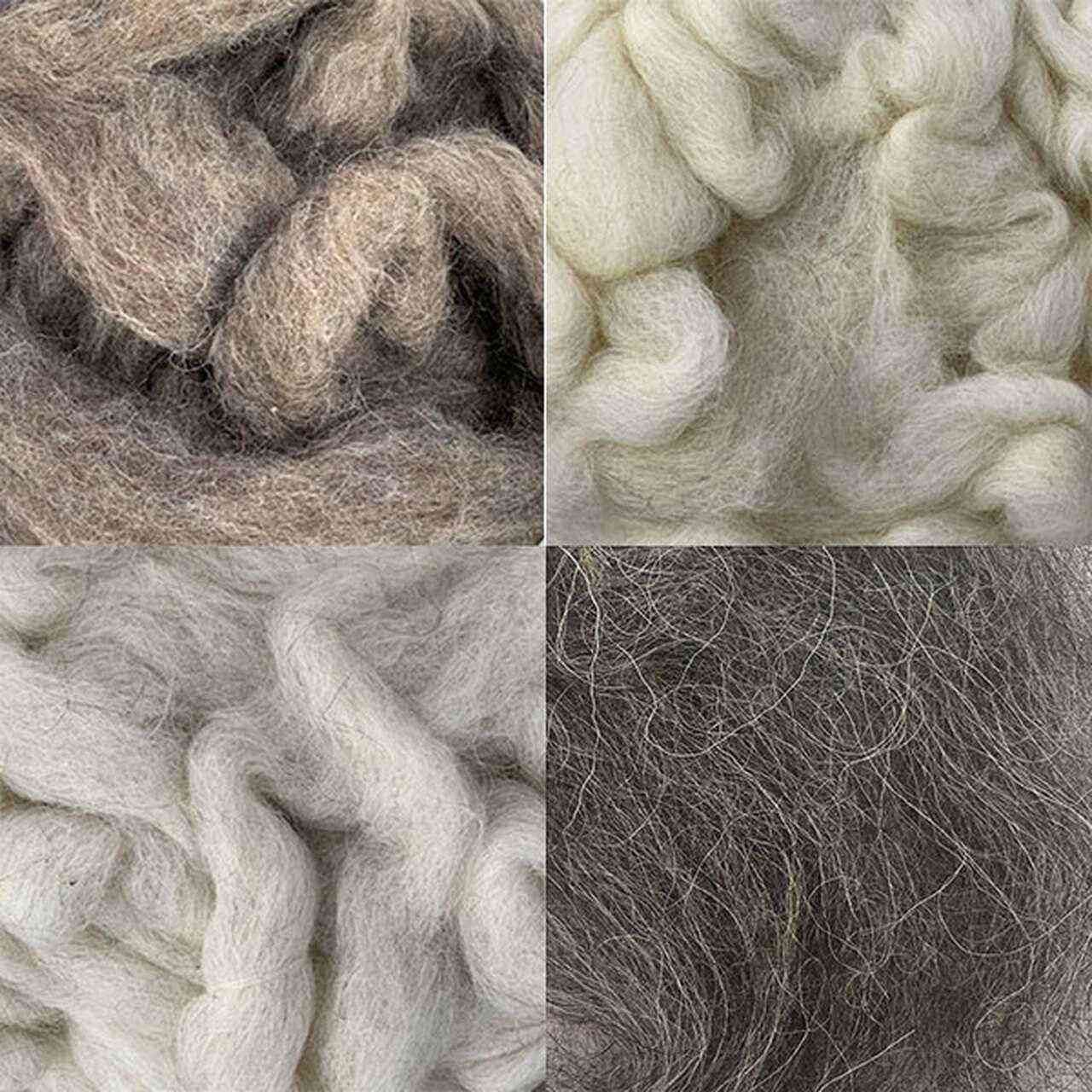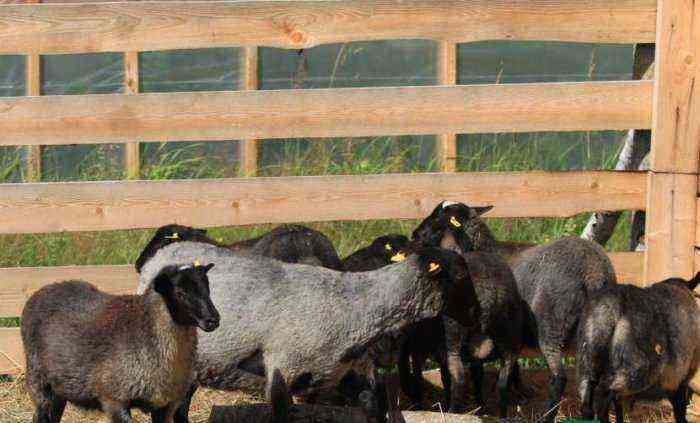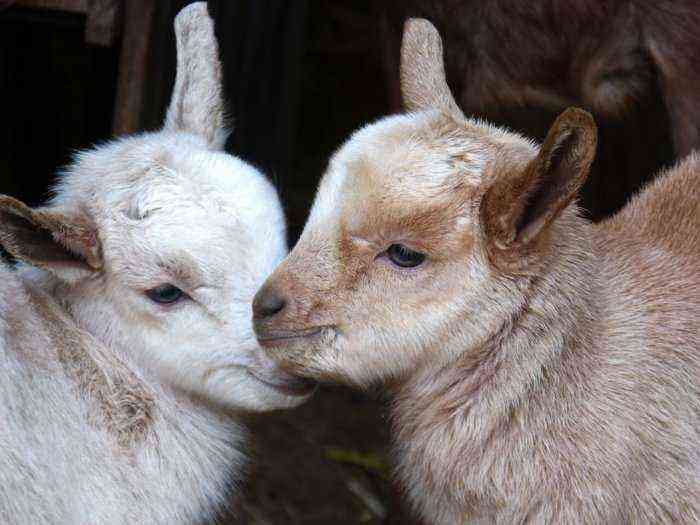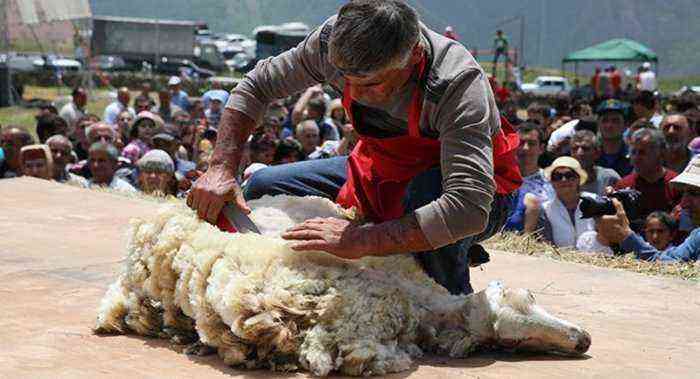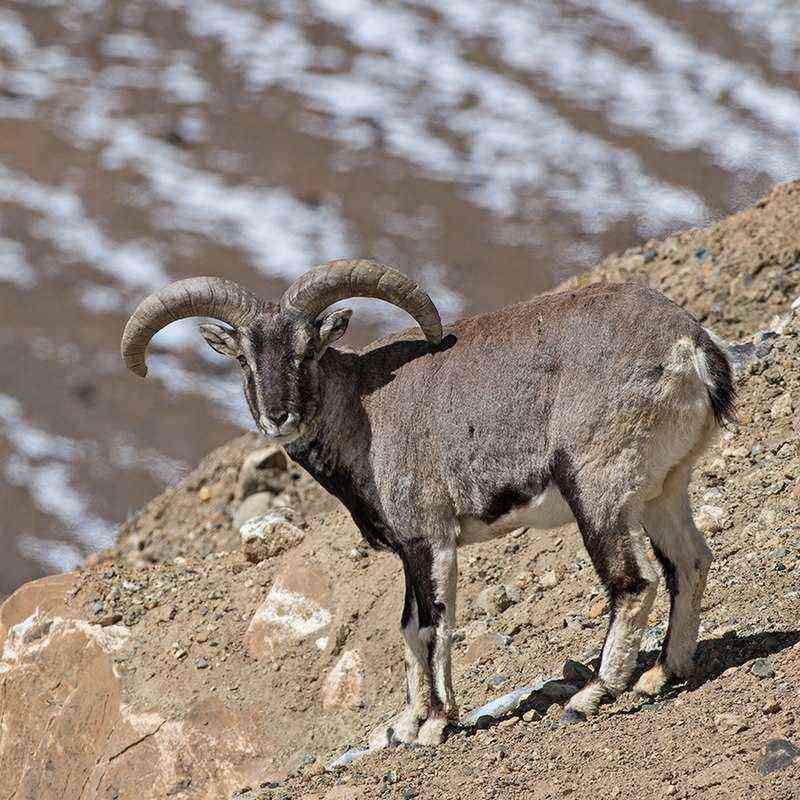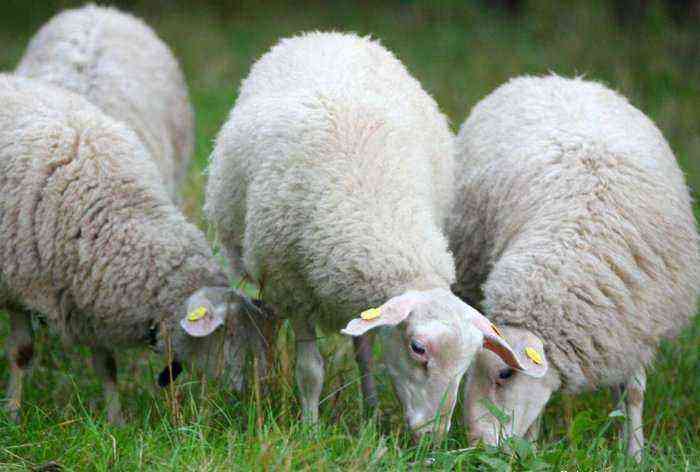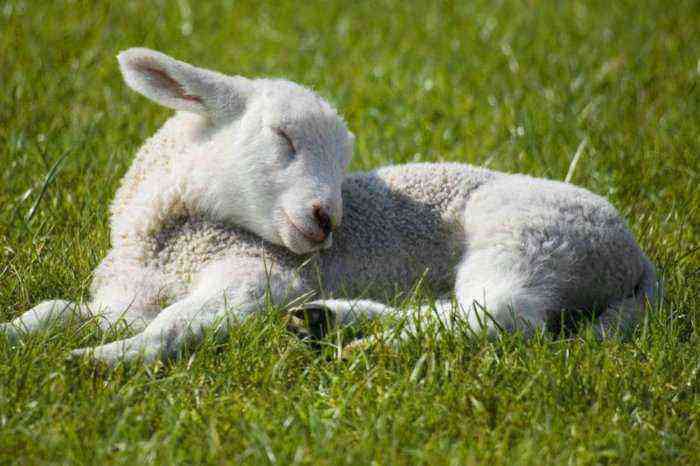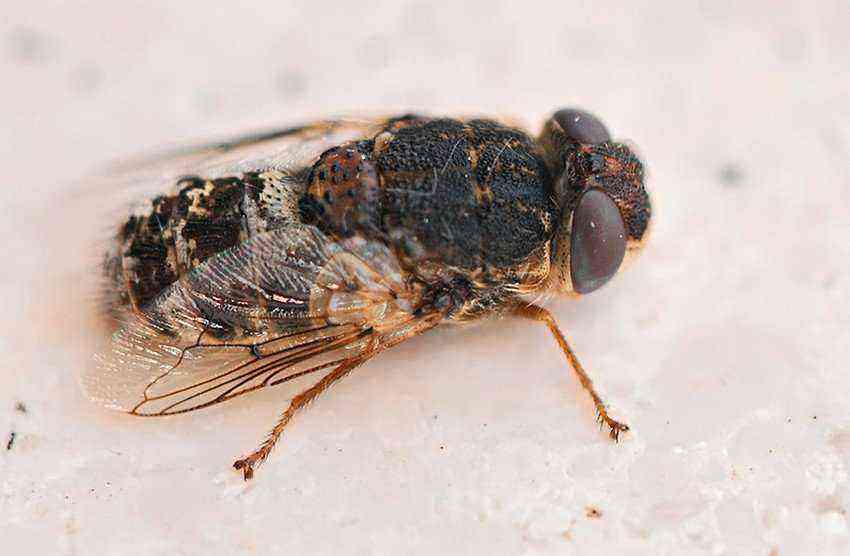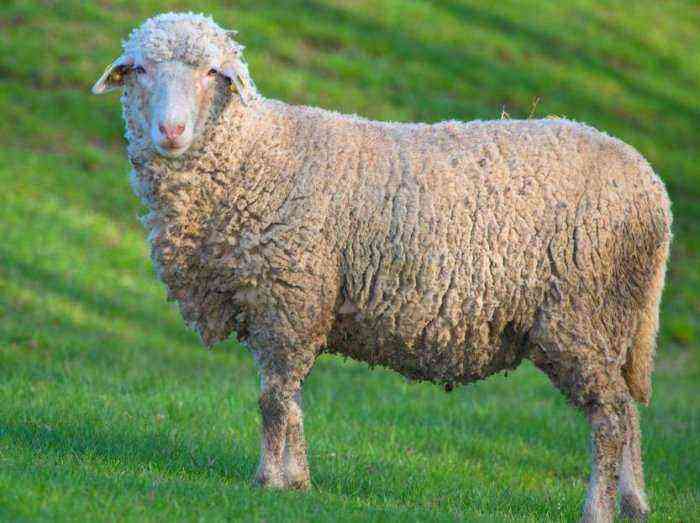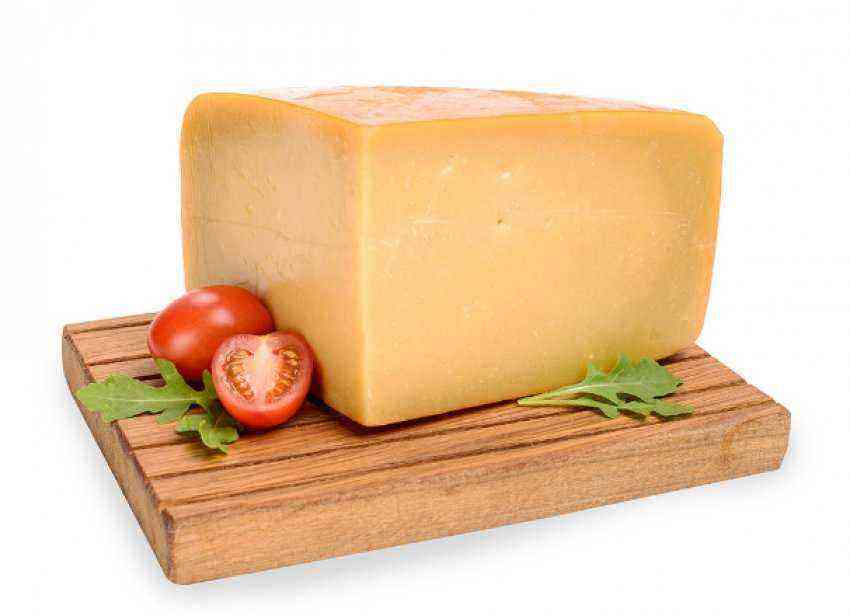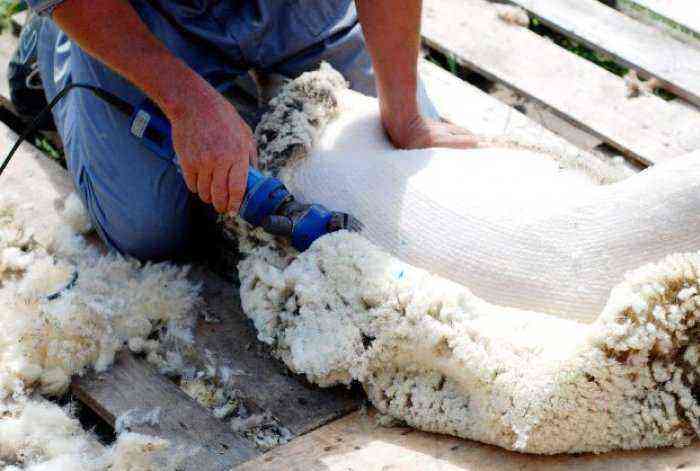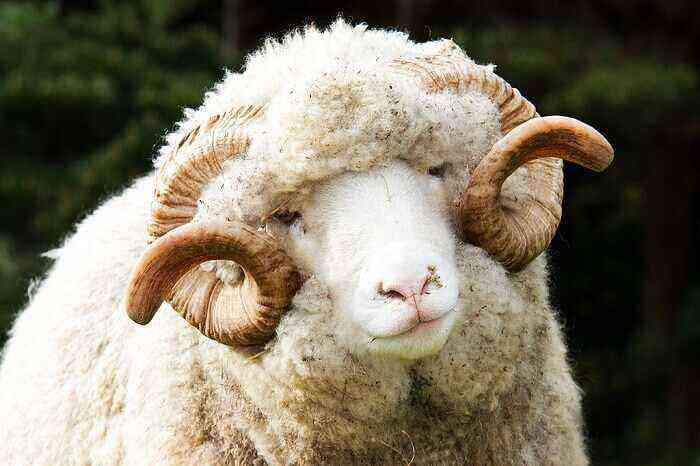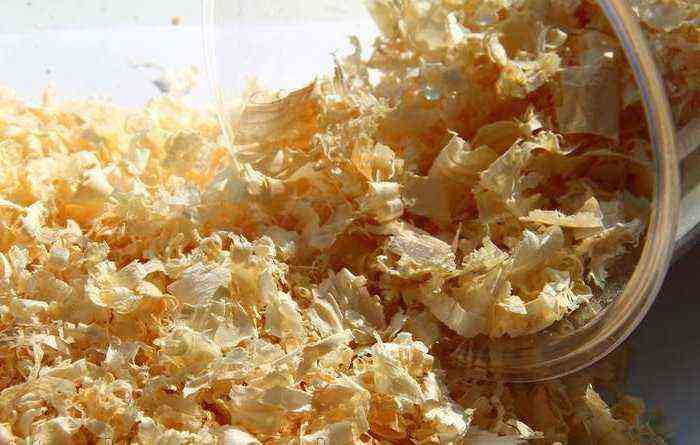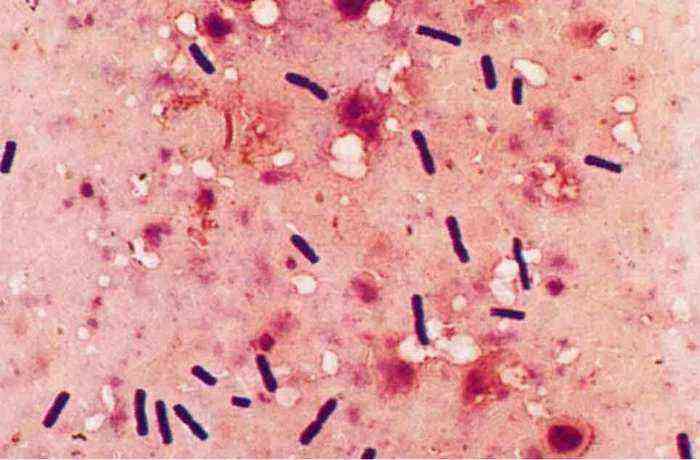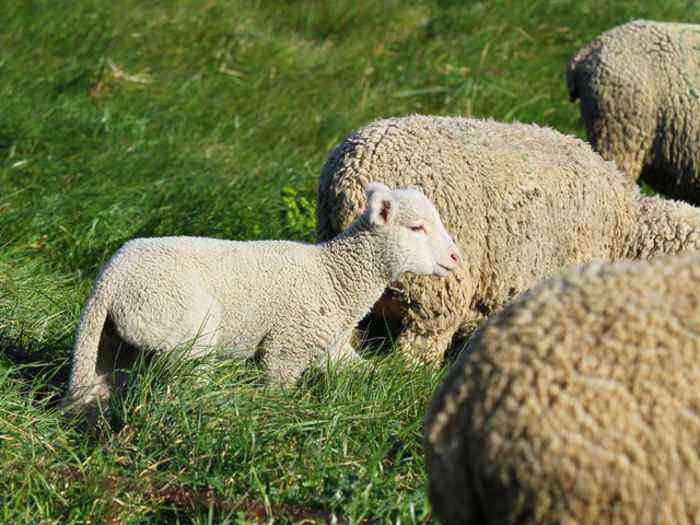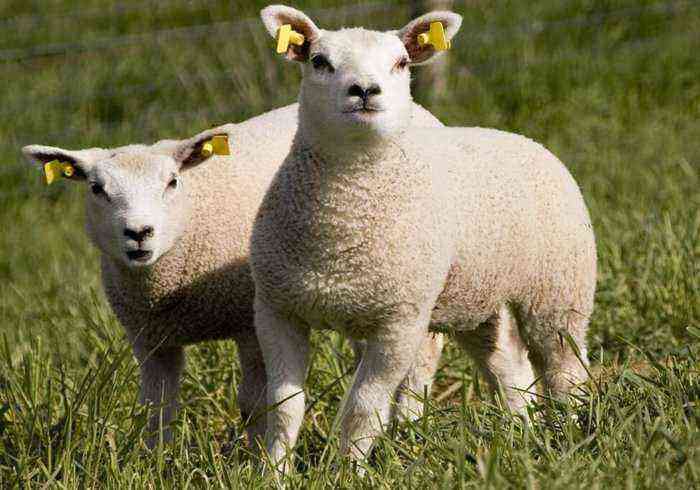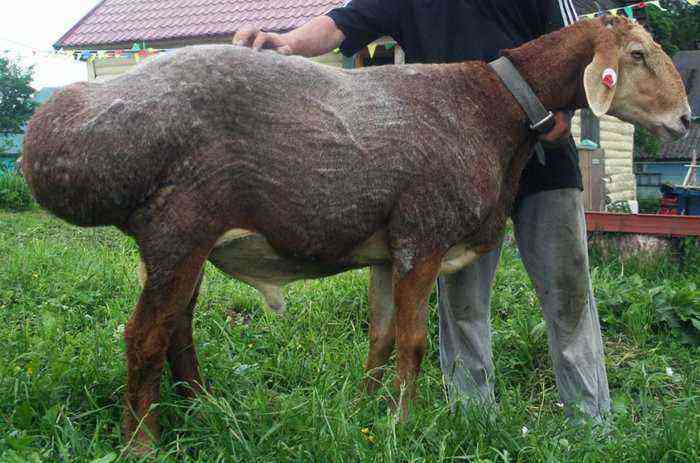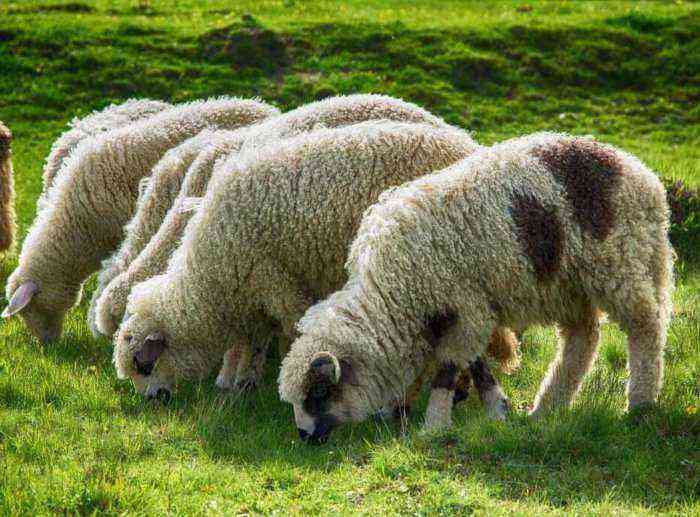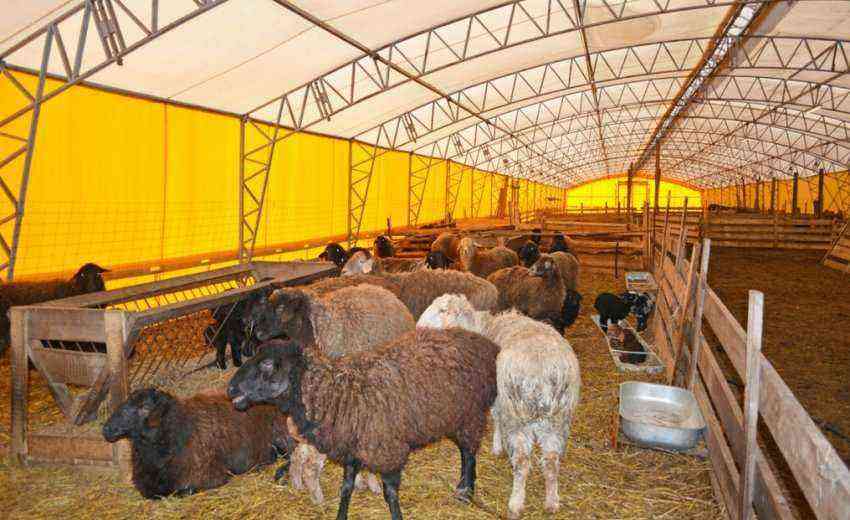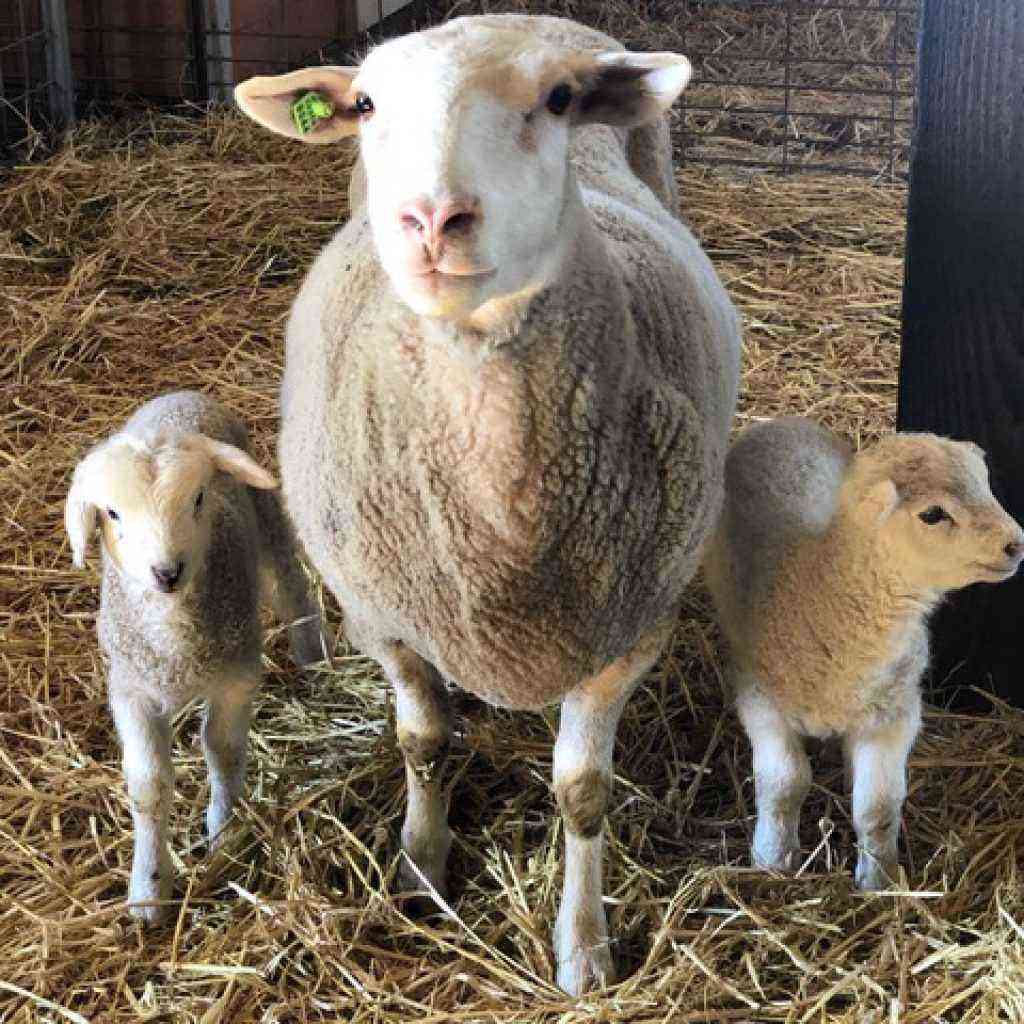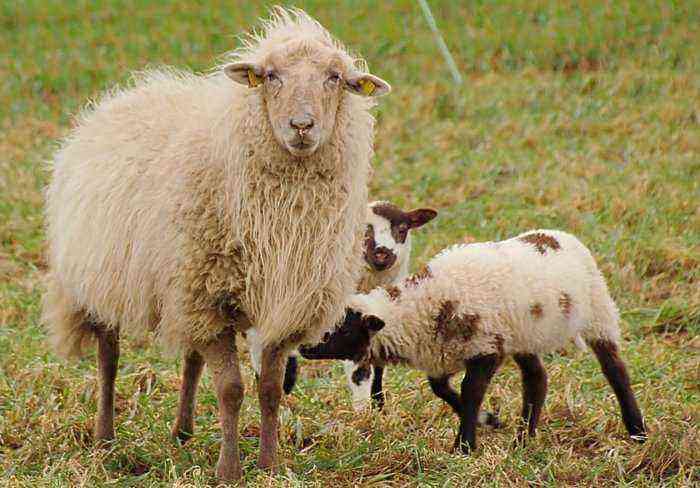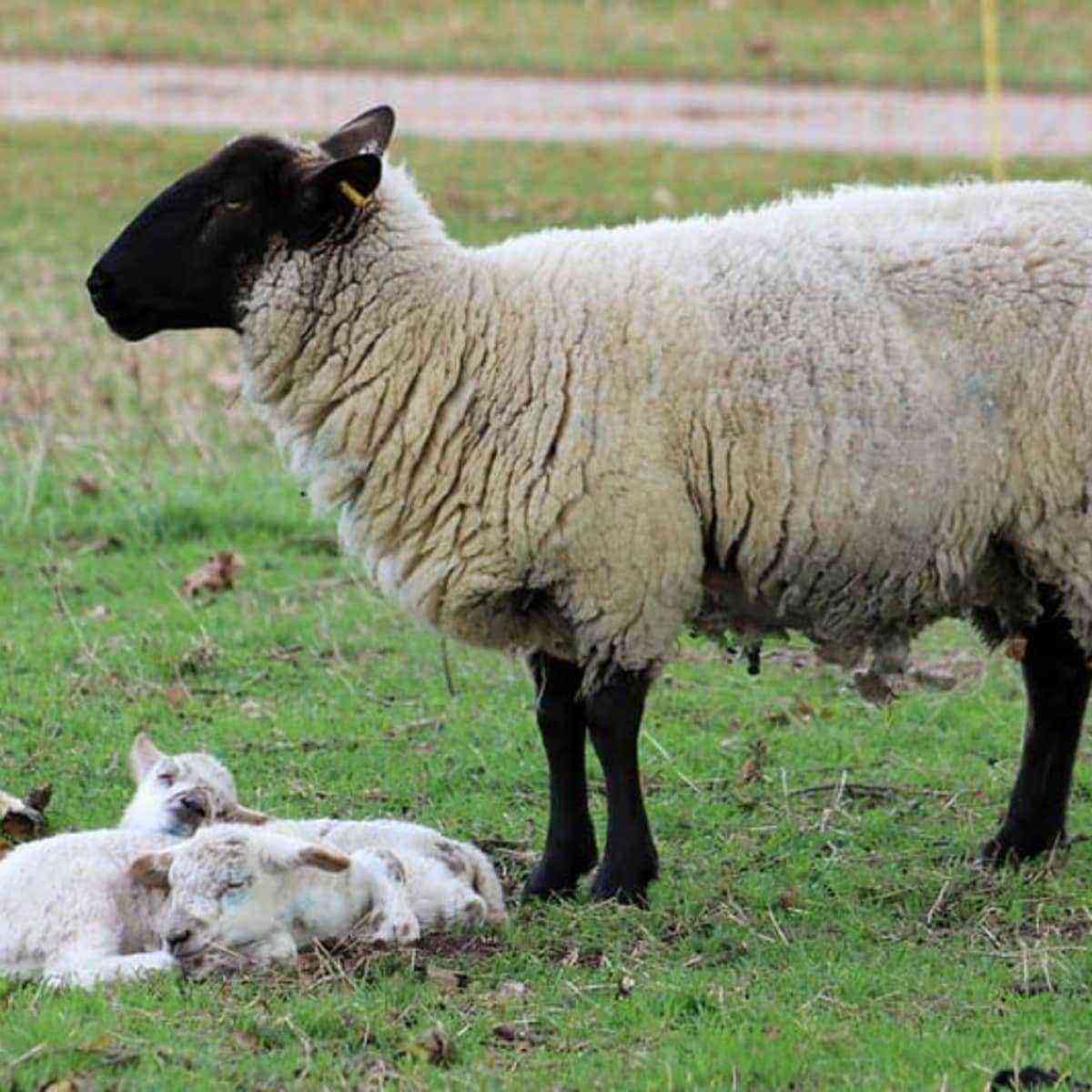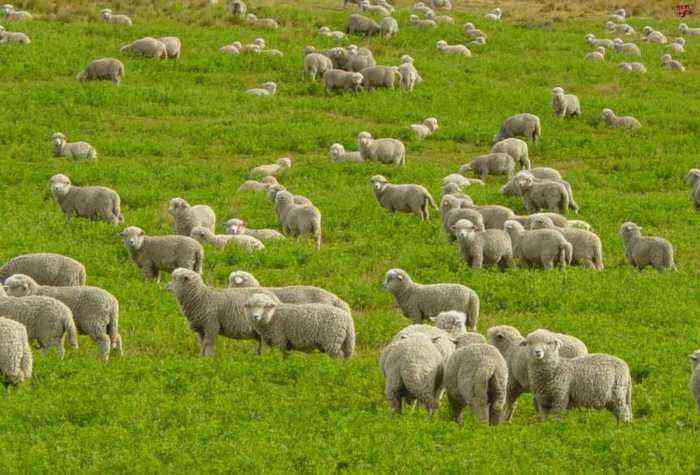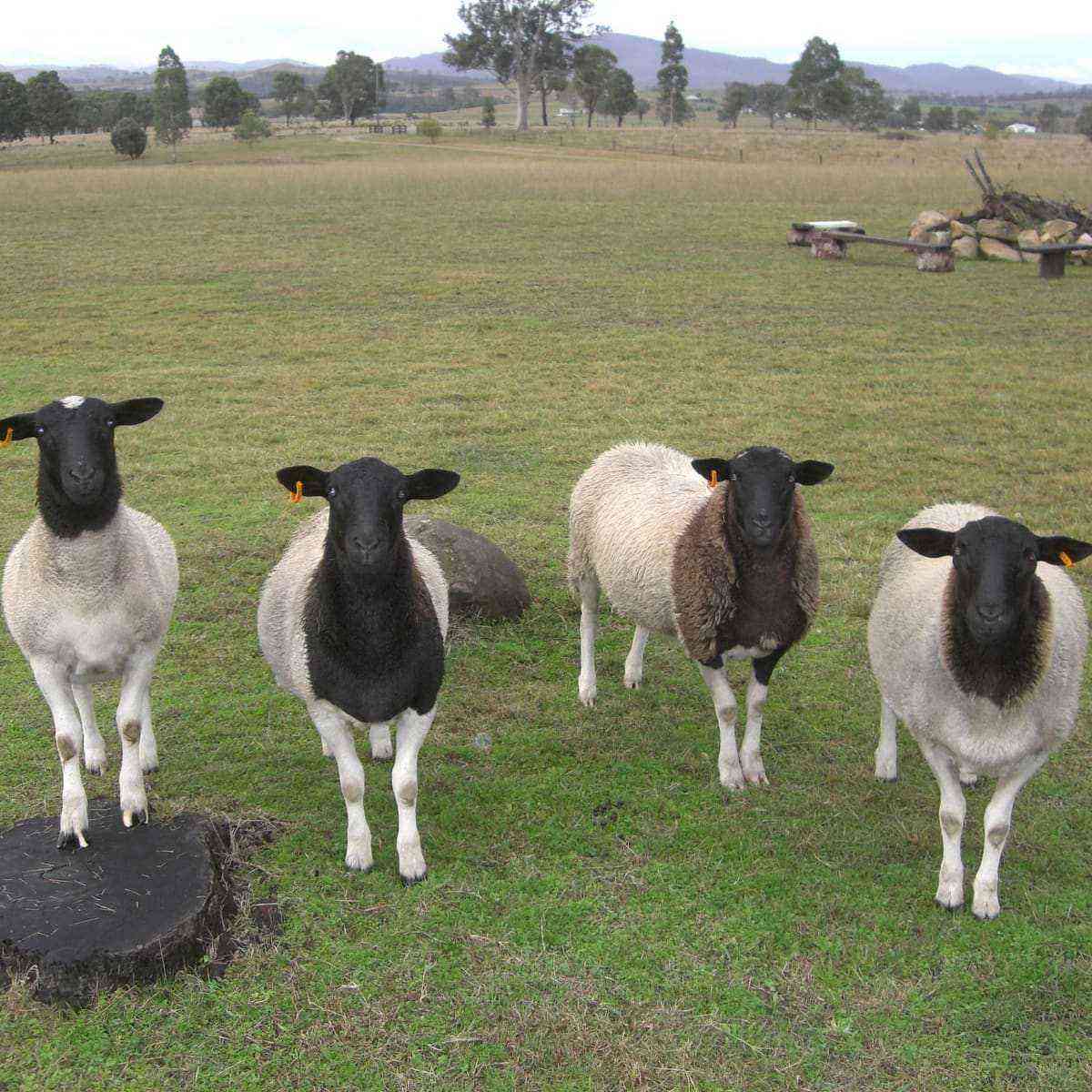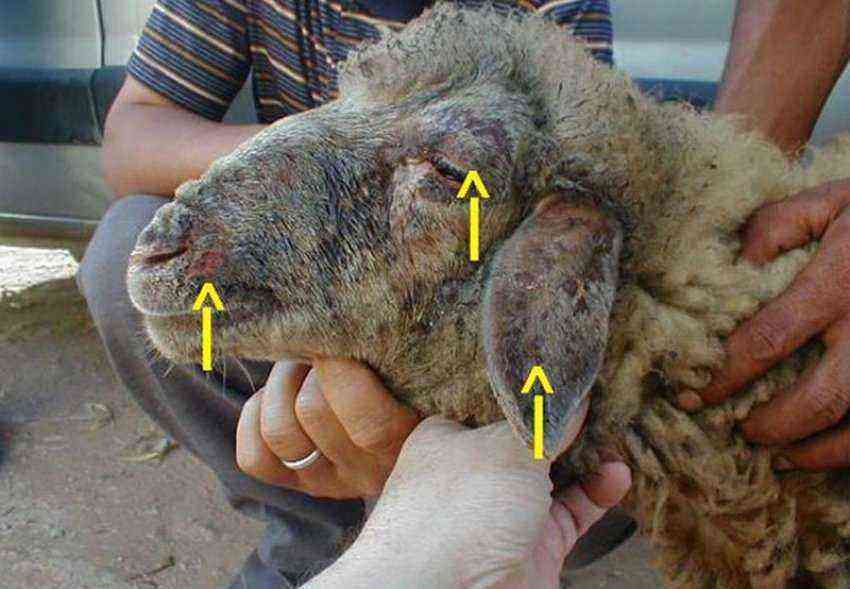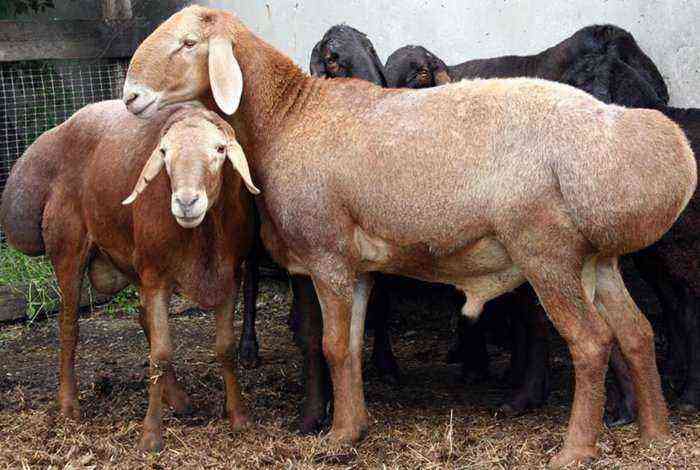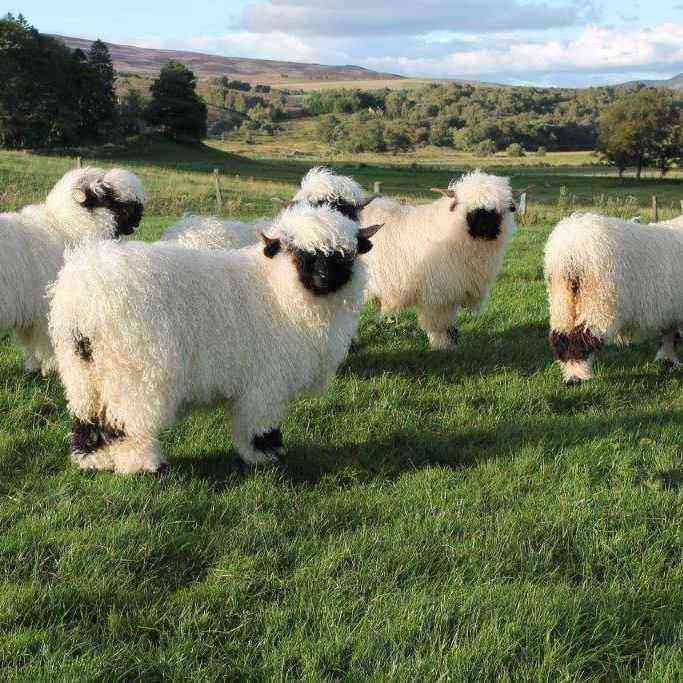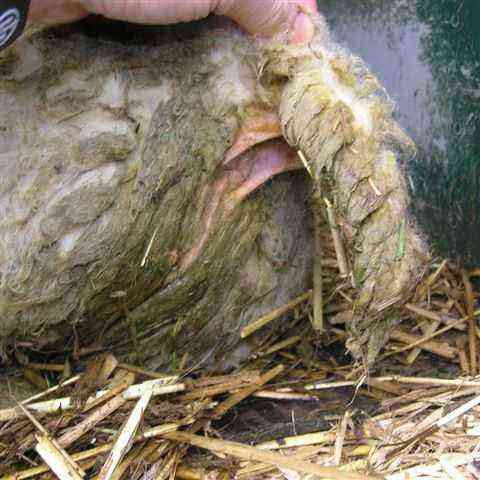Farmers who breed sheep are aware of such a disease as bradzot. It was first described by a doctor from Norway, Ivar Nielsen, in 1888. Since then, toxic infection caused by bacteria from the genus Clostridium has regularly caused significant damage to livestock farms around the world. About what kind of disease it is, and how to deal with it – later in the article.
Bradzot in sheep
Bradsot is a dangerous transient infectious disease that ends in the death of goats and sheep. When grazing content, strong large animals are more likely to get sick, when kept in stalls, young animals. The disease is more common in individuals older than two years – at this age they already move little and are quite well-fed.
Outbreaks of the disease occur more often in the first half of winter and summer, during the hot dry months. When a focus appears, the disease affects up to 20–30% of the livestock. Mortality among sick sheep reaches 100%.
The causative agent of the disease: the main characteristics
The causative agent of bradzot is rod-shaped anaerobic spore-forming bacteria. Cl. Septicum (Clostridium septicum) and cl. Edematiens (Clostridium odematiens), living in the soil, water of stagnant reservoirs, manure.
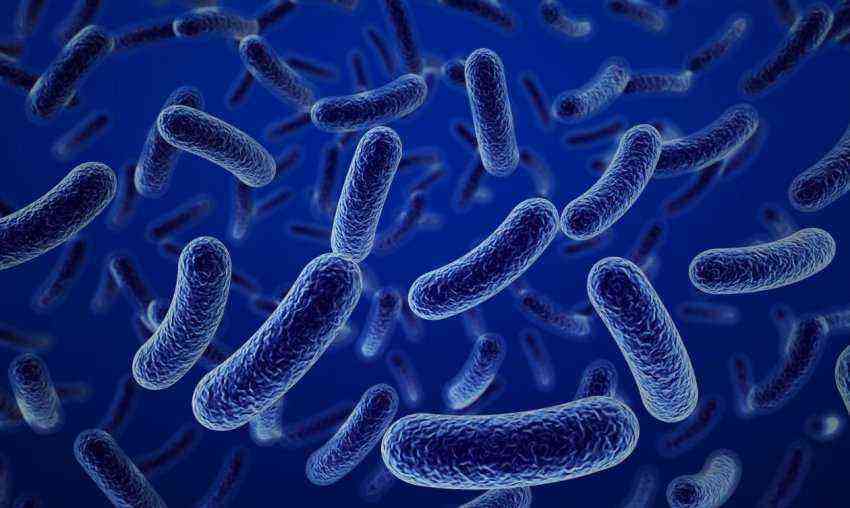
They also develop in feed if stored improperly. Their spores are found in the intestines and abomasum (glandular stomach).
Reasons for the onset of the disease
- Bradzot infection leads to:
- feeding with frozen, moldy feed;
- a sharp change in diet (for example, the transfer of sheep from pastures with dead wood to pastures with lush green grass);
- overfeeding;
- consumption of contaminated water from natural reservoirs;
- contact with sick animals;
- protein and mineral deficiency;
- helminthiasis;
- weakened immunity.
Did you know? Sheep have excellent peripheral vision. — their horizontal slit-like pupils allow them to see what is almost behind them without turning their heads.
Diagnosis of bradzot and the course of the disease
Symptoms of bradzot are similar to food poisoning and many other dangerous diseases: anthrax, dysentery, piroplasmosis, etc.
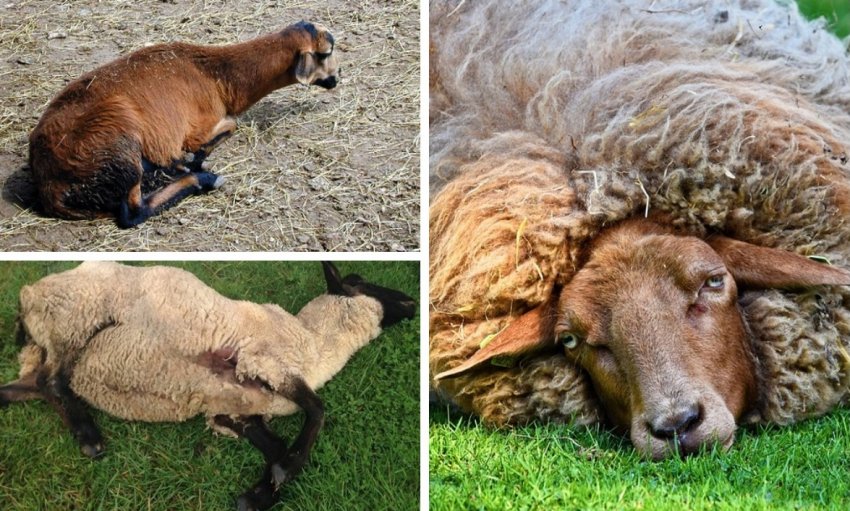
An accurate diagnosis can be made only on the basis of clinical signs, epizootological and pathological data found after the autopsy of the deceased animal, additional studies.
Primary signs
The primary clinical signs of bradzot include:
- a sharp increase in the body temperature of the animal to + 41 ° C;
- decreased appetite;
- unsteady, unsteady gait;
- convulsions;
- strong thirst;
- gnashing of teeth;
- hyperemia;
- conjunctivitis;
- bloody foam coming out of the mouth;
- rapid breathing;
- hemorrhagic (bloody) diarrhea;
- a sharp change in behavior – from apathy and lethargy to excessive activity with jumps and circular movements;
- shortness of breath – due to excessive accumulation of fluid in the breast, submandibular space and neck;
- painful bloating;
- heart palpitations.
Laboratory Research: Accurate Diagnosis
In the laboratory, the isolation and identification of pathogens is carried out. The material is taken from the corpses as soon as possible (no later than 2–4 hours after death).
Parenchymal organs (liver, spleen), abomasum walls, tubular bones, sections of the duodenum with ligatures, edematous tissue, exudate from the chest and abdominal cavities, subcutaneous tissue infiltrate are sent for research. In the heat, the selected pathological material is preserved in a solution of glycerin or chloroform.
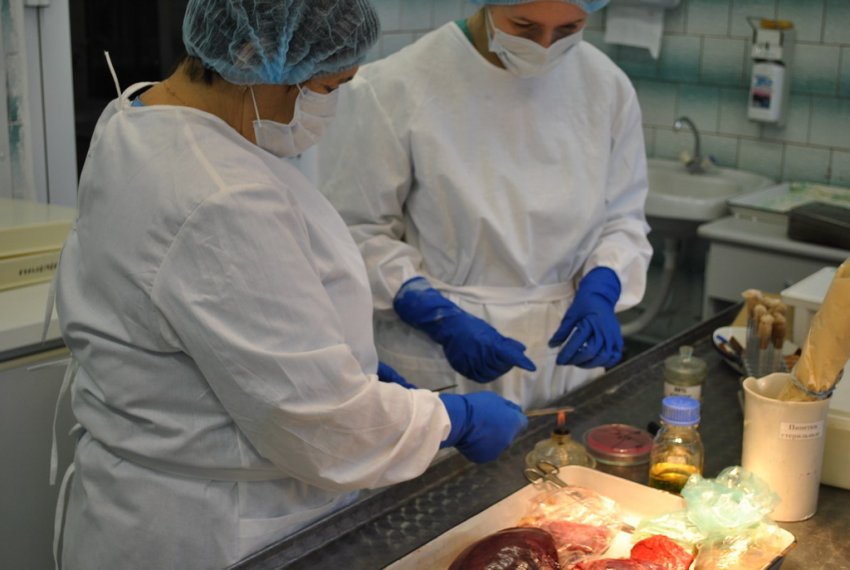
Smears are prepared from this material, stained according to Gram and Muromtsev, sown on nutrient media (Kitta-Tarozzi, glucose-blood agar). If bacteria with properties typical of Cl. septicum and Cl. Oedematiens, they are isolated to obtain pure cultures.
For accurate identification, special test systems have been developed. Confirmation of infection with bradzot is the detection of filamentous formations in the liver of sheep, grayish foci of necrosis, swollen kidneys, degeneration of parenchymal organs.
Course of the disease
Bradzot proceeds in fulminant and acute (protracted) forms. The incubation period is short – only a few hours.
Normal
Adult animals are more often affected by a protracted form – they refuse to eat, their body temperature rises, their pulse and breathing become more frequent, mucus is abundantly secreted from the mouth and nose, diarrhea with an admixture of blood and tympania develop, mucous membranes and conjunctiva become icteric. Periods of excitement, when the sheep jump, are replaced by a sharp apathy. Animals grab food without chewing, keep it in their mouths.

Sheep are tormented by periodic convulsions, intoxication of the body develops, collapse occurs – the sheep lie on their side, stretch their limbs, throw their heads to one side or to the back, breathing is very difficult due to pulmonary edema. After 3-8 days, the sick animal usually dies.
transient
With a lightning-fast form, by the evening the animals turn out to be dead, which in the morning looked completely healthy. This form of bradzot is more common and the most dangerous. The death of the animal occurs within 2-8 hours after infection. The sheep falls sharply to the ground, she has tympania, shortness of breath, redness of the eyes, convulsions.
Methods of struggle and treatment
In case of detection of sheep mortality or suspicious characteristic symptoms of the disease, it is necessary to immediately inform the local veterinarian.
Important! To maintain the cardiological system, cardiac glycosides are administered to relieve tension in the nervous system. — calming (sedative) drugs. They also use drugs that stimulate the removal of toxins from the body.
There is no treatment for the short term. When protracted, antimicrobial agents (antibiotics) are usually used: “Tetracycline”, “Synthomycin”, “Terramycin”, “Biomycin”. Adults are injected intramuscularly 0,5-1 g, lambs – 0,2 g per 1 kg of live weight. Biovetin is also used, administering to the animal 0,5–0,75 g per day.
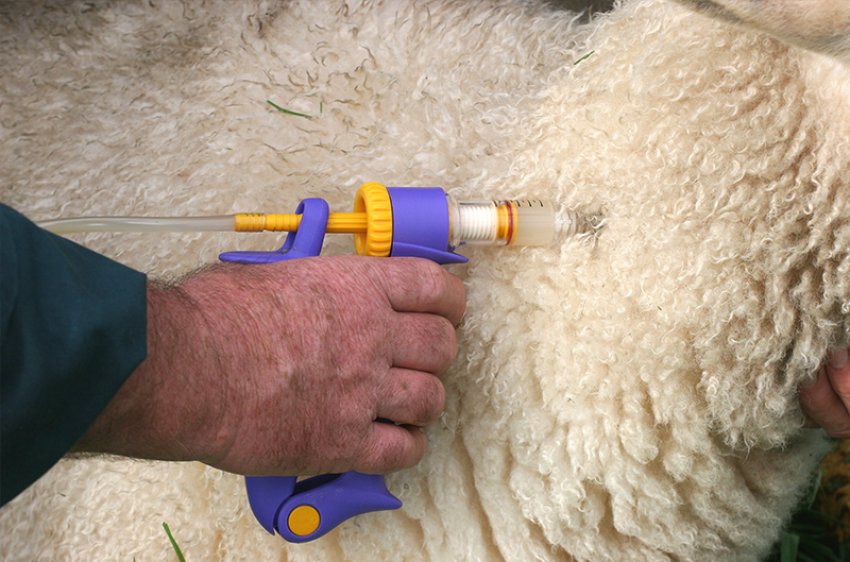 Folk remedies are not used against bradzot. They simply don’t exist.
Folk remedies are not used against bradzot. They simply don’t exist.
Ways of spread of infection
The main source of infection is sick animals that infect the environment, the corpses of dead animals that were not removed immediately after death. A serious factor in the defeat is infected pastures, especially those located in the lowlands of rivers and swampy areas. Contributes to the spread of the disease and grazing a large number of sheep on limited pastures with poor herbage.
Brady prevention
As a preventive measure, it is recommended to carry out timely vaccination, deworming, provide adequate nutrition without a sharp change in feed, in the season of the probable occurrence of the disease, sheep should be fed with roughage before grazing.
Vaccination
To prevent the disease, vaccination is carried out in early spring 40–45 days before pasture, with a repeat after 30 days. The entire population of sheep is vaccinated, starting from the age of 3 months, except for malnourished and sick animals.

Immunity to the disease develops 10-15 days after the second vaccination and lasts 4-5 months. If animals among unvaccinated livestock fall ill, vaccination is carried out at any time. The interval between vaccinations is reduced to two weeks.
The vaccinated animals are observed for 10 days. After vaccination, hypothermia and overheating of animals should not be allowed, long hauls, any other stresses on the body are prohibited. A lot of preparations for grafting against bradzot have been developed – Tetratox, polyvalent concentrated aluminum hydroxide, etc. The choice of vaccine is best left to the veterinarian.
Important! If there have already been cases of bradzot in the area, revaccination is carried out 3 months after the second vaccination in order to maintain a sufficient level of immunity.
Quarantine
Restrictive measures (quarantine) are established on the territory where sheep are infected with bradzot: it is prohibited to import and export animals, move flocks, shear, slaughter sick and suspicious animals for meat, skinning.
Sheep showing signs of infection are immediately isolated. and, if possible, treat. Places of loss of livestock with adjacent territories, all inventory at once disinfect 3% bleach solution, 5% hot formaldehyde or sodium hydroxide solution, 5% formalin solution, 10% iodine monochloride solution.
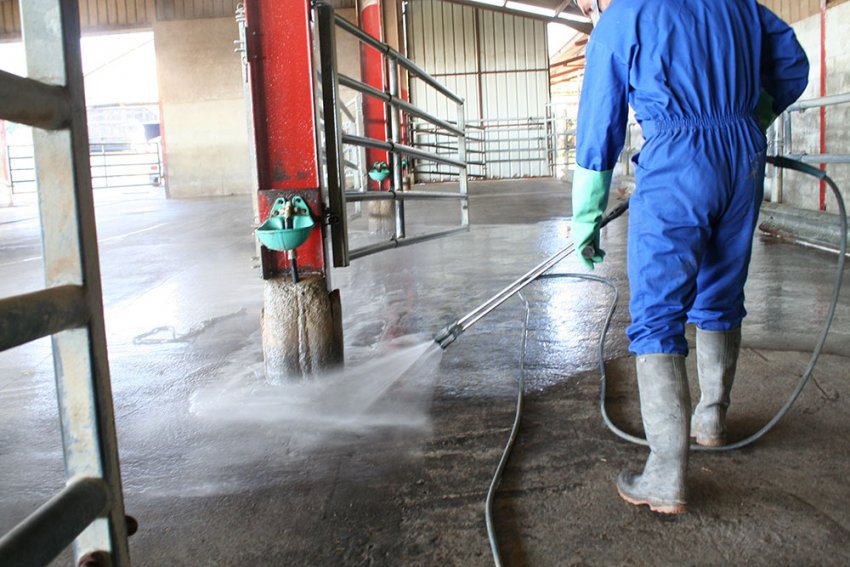 Work is carried out in accordance with the current instructions for veterinary disinfection.
Work is carried out in accordance with the current instructions for veterinary disinfection.
The preparations are applied twice with an interval of 1 hour and a subsequent exposure of 3 hours. The bodies are destroyed as soon as possible. – they quickly decompose with a strong unpleasant odor. An autopsy is possible only in a specially equipped place in order to select pathological material for the diagnosis of the disease.
Healthy animals are vaccinated immediately, left in the stall content, creating optimal conditions for the normal functioning of the sheep’s body, excluding the occurrence of stressful situations. Feed is changed to coarse with a high content of minerals. Quarantine is removed 20 days after the last case of illness or death of animals.
Did you know? During grazing, sheep bite the grass very low, so large flocks can simply destroy the pasture. Breeding sheep in large numbers, man turned them into animals that have a detrimental effect on nature.
Bradzot is a dangerous infectious disease that can cause damage to livestock. However, timely vaccination, proper organization of pastures, feeding and watering can significantly reduce the risk of its occurrence.

